How to Fix Error Code 0x0 0x0 on Windows?
Recently, several Windows users have reported encountering the error code 0x0 0x0 on their computers. Error codes typically come with a numerical representation that indicates specifics about the underlying causes.

We’ve investigated the issue and identified common causes such as application conflicts, incorrect system settings, and systemic inconsistencies. The following are several reliable troubleshooting methods that have proven successful in resolving the issue. Let’s dive in!
Note: Before proceeding with the troubleshooting steps, ensure that your Windows operating system is up to date. Microsoft frequently releases updates that can resolve common system issues and improve stability. Press Windows + I, navigate to Updates & Security, and check for any available updates.
Eliminate Conflicting Programs
Conflicts between two or more software programs may contribute to the aforementioned issue. One must terminate conflicting programs to rectify the situation.
Here are the steps you need to undertake:
- Press Ctrl + Alt + Del on your keyboard simultaneously to launch the Task Manager. A list of currently running applications will appear.
- Right-click on each program and choose End Task from the context menu.
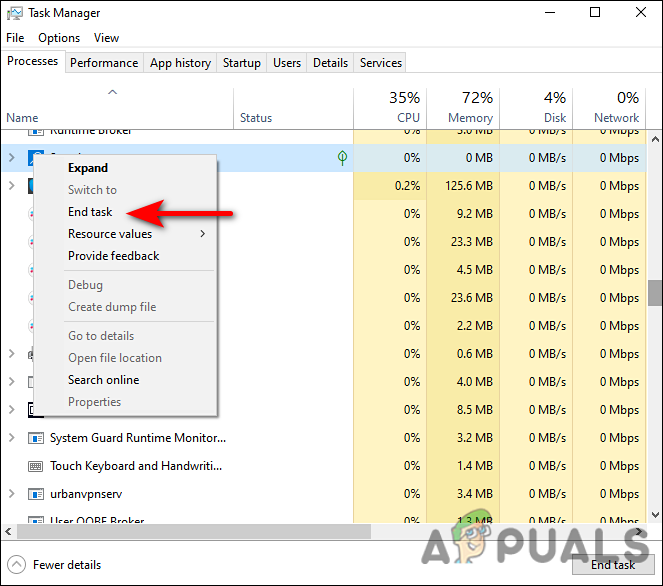
Ending a process in Task Manager - Observe if the error reoccurs. Upon identifying the problematic application, uninstall and then reinstall it to determine whether it resolves the 0x0 0x0 error.
Use Your Computer’s Repair Application
Windows has robust built-in diagnostics tools that have evolved. As of early 2023, users have more reporting features and automated repair capabilities. Ensure you utilize these resources such as the Troubleshooters in the ‘Update & Security’ settings before manual intervention.
- Launch your PC’s computer repair application to check for issues.
- Click on Scan now. This action will allow the utility to look for operating system-related problem.
- After the scan completes, select the ‘Fix All‘ option to address any detected issues.
Alternatively, consider running SFC and DISM scans to check your PC for issues and repair them.
Utilize the Disk Cleanup Utility
The Disk Cleanup utility can help free up space on your system by clearing out irrelevant files. It’s recommended as a potential fix for this common error. Here is how you can utilize it:
- Press Windows + R to open the Run dialog box.
- Type cleanmgr.exe in the text field and hit Enter.
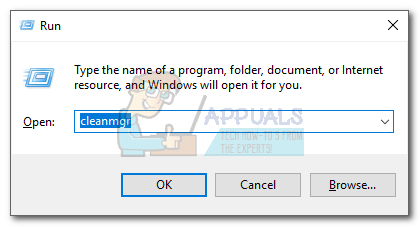
Running Disk Cleanup: cleanmgr - Follow the instructions to complete the cleanup and then check if the error has been resolved.
Additionally, with newer Windows versions, Storage Sense offers an alternative to Disk Cleanup, automating the process to free up space when you are running low, or at regular intervals. To configure Storage Sense, navigate to System -> Storage within your Windows Settings.
Reinstall the Graphics Driver
Another point to consider is that graphics driver update resources are plentiful. Manufacturers like NVIDIA and AMD often offer comprehensive driver management tools such as GeForce Experience or Radeon Software that can simplify driver updates. They sometimes assist in resolving display-related errors in ways Windows Update cannot.
- Press Windows + R to open the Run dialog box.
- Type devmgmt.msc in the Run dialog box and press Enter to open Device Manager.

Accessing Device Manager - In Device Manager, expand the Display adapters section.
- Right-click on your graphics driver and select Uninstall device.

- Complete the uninstallation, then restart your PC. Windows will automatically detect and install the driver’s latest version after the restart.
- Upon rebooting, reinstating the driver from the manufacturer’s official support website should help resolve the 0x0 0x0 error.
Install Pending Updates
It is worth noting that specific Windows versions have updates and features added at different cycles, especially with the rollout of Windows 11 along with its version-specific updates. Be sure to check details corresponding to your OS build (which you find by typing ‘winver’ in the run dialog box).
- Open Windows Settings by pressing Windows + I.
- In Settings, navigate to Update & Security.
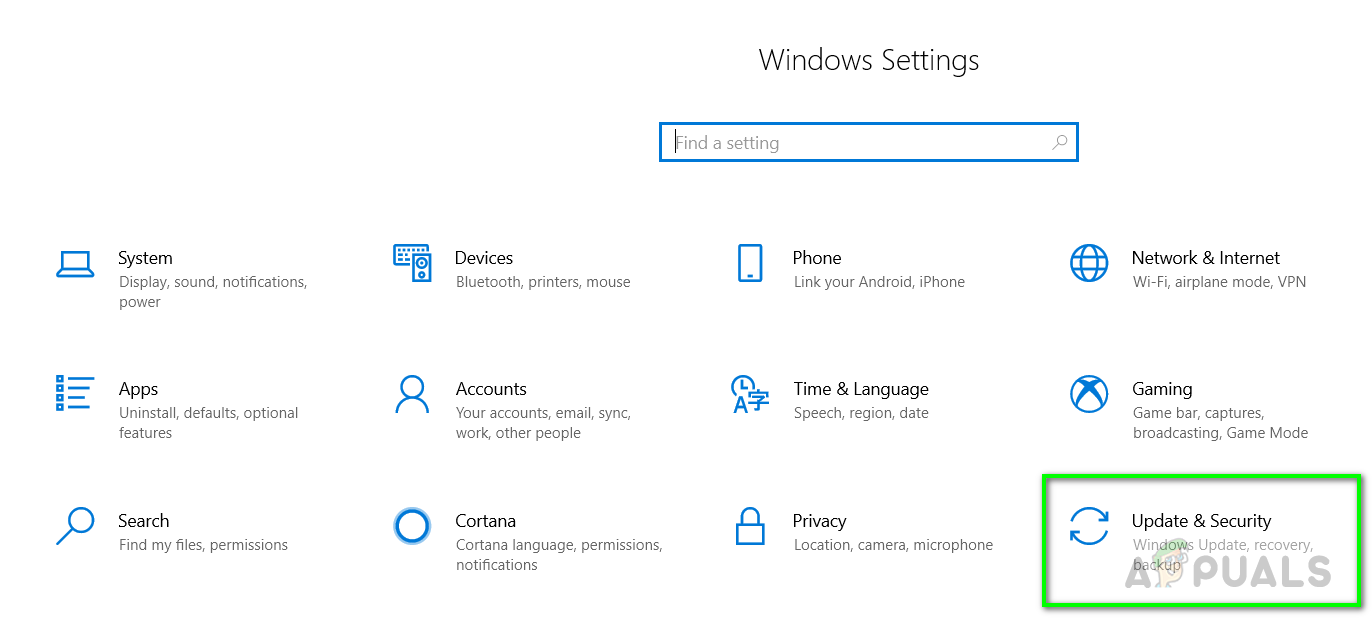
Navigating to Update & Security in Windows Settings - From the sidebar, click on Windows Update followed by the Check for updates button.

Windows Update section: check for updates - Complete the installation of pending updates sequentially.
- After wrapping up the updates installation, restart your PC and confirm if the issue has been resolved.
If the 0x0 0x0 error persists, move on to the next method described below.
Troubleshoot in Clean Boot State
Engaging clean boot mode in Windows launches the system with a minimal set of drivers and programs. This technique is handy for ascertaining whether background applications cause disruption.
Note that you must have Administrator rights to execute a clean boot. Begin by initiating your PC in Safe Mode. If the 0x0 0x0 issue is absent in Safe Mode, perform the following steps:
- Initiate the Run dialog by pressing Windows + R.
- Type msconfig and hit Enter to proceed.
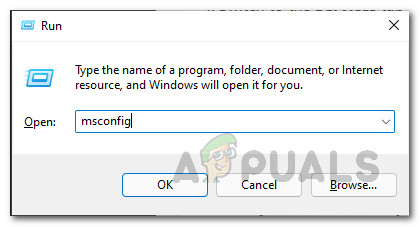
System Configuration via run - In the System Configuration interface, select the General tab, and choose Normal startup.
- Navigate to the Services tab and mark the Hide all Microsoft services checkbox.
- Click on Disable all.

Disabling third-party services - Select Apply, and then press OK.
- Reboot your PC to ascertain whether the issue reoccurs.
Reset Your PC
As the final resort, consider resetting your PC. Performing this step maintains your personal files (if you select the option explicitly) and reinstalls Windows, which should remedy the 0x0 0x0 error.
To reset your PC, follow these instructions:
- Open Windows Settings and access the System section.
- Select Recovery on the left panel.
- Press the Get started button beneath ‘Reset this PC’
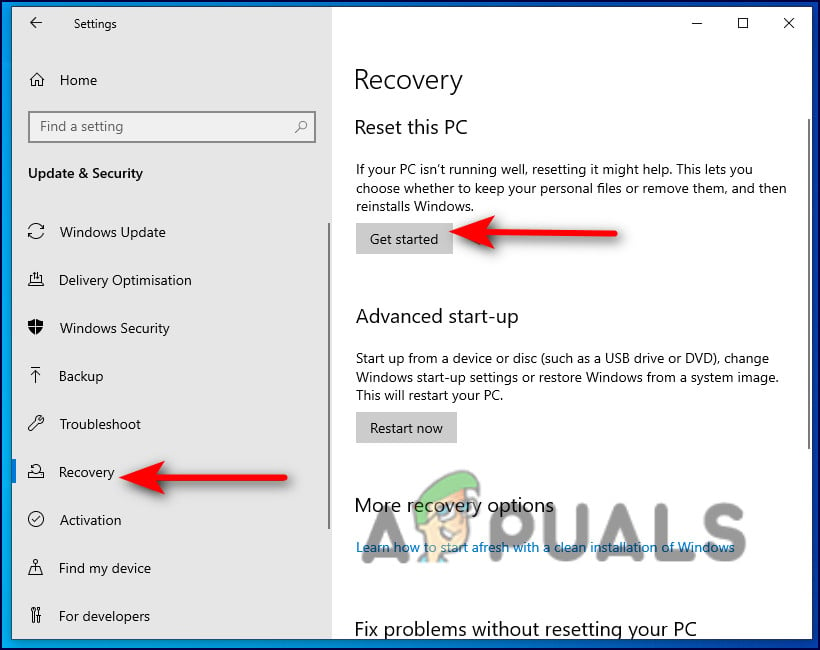
Starting the recovery process - Opt for either Keep my files or Remove everything, depending on your requirement.
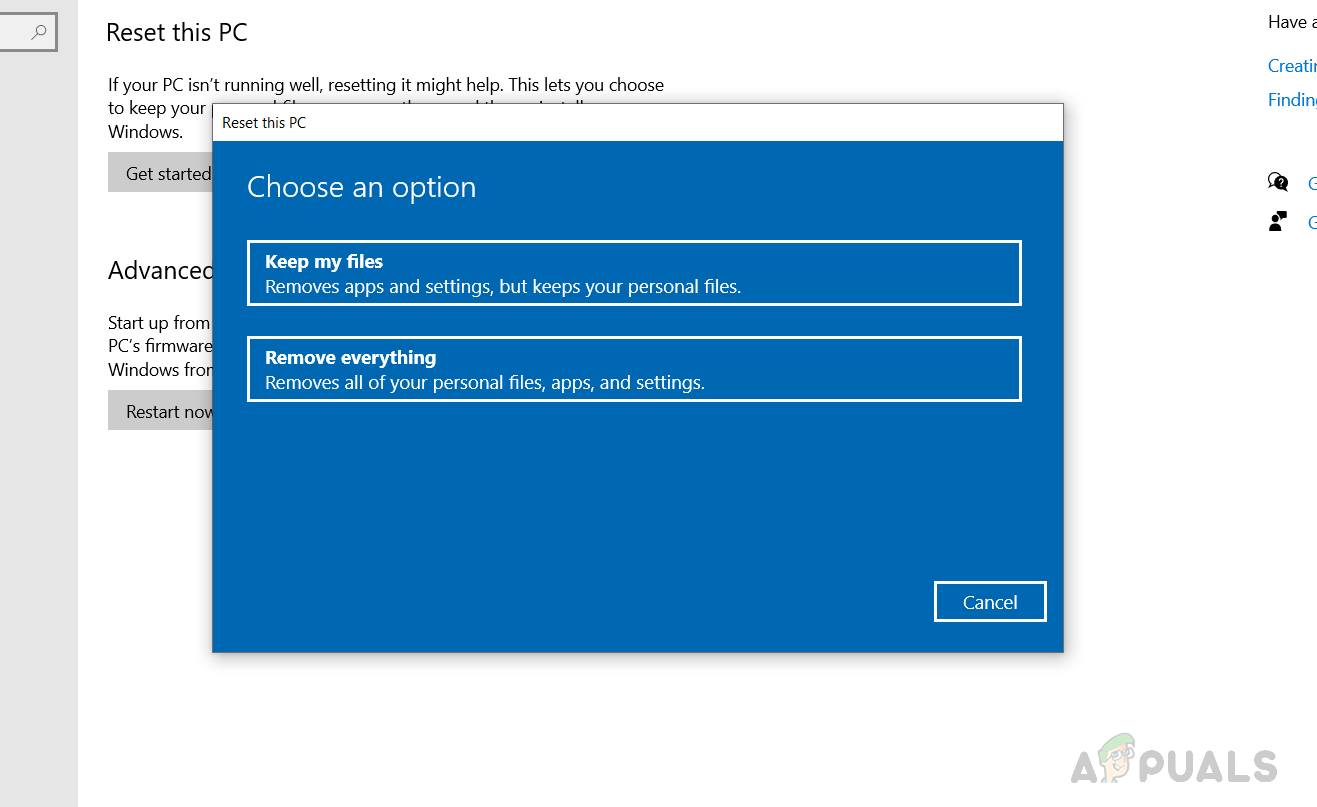
Option to Keep files or remove everything - Select between a “Cloud download” or a “Local reinstall,” the latter of which is ideally used when your system generally operates without hitches and simply requires a fresh start. The ‘Cloud download’ could be beneficial if your system files have become corrupt.
- Click on the Next button to proceed.
- To begin the reset, select Reset and await the process. Upon completion and a restart, the 0x0 0x0 error should be resolved.





